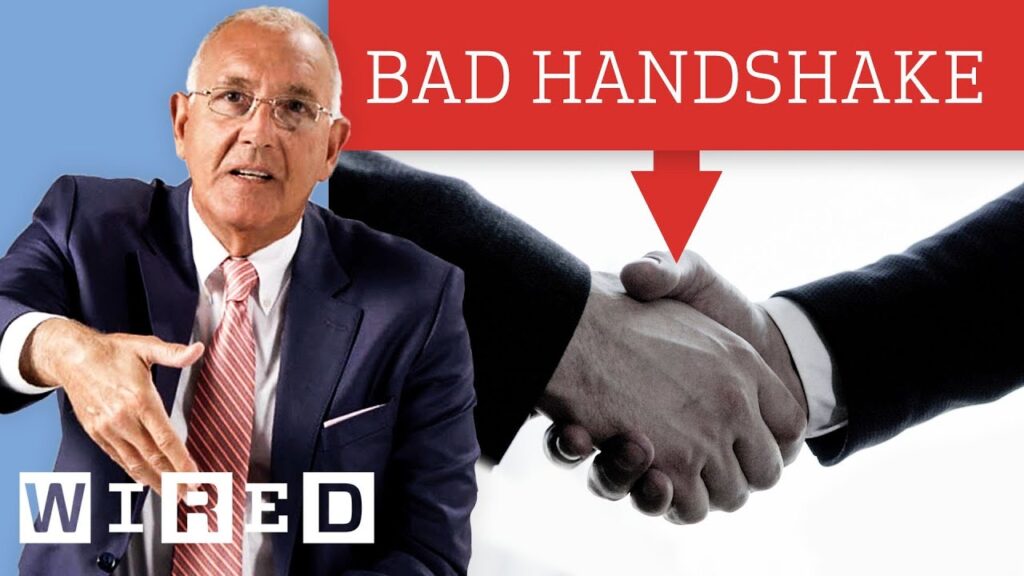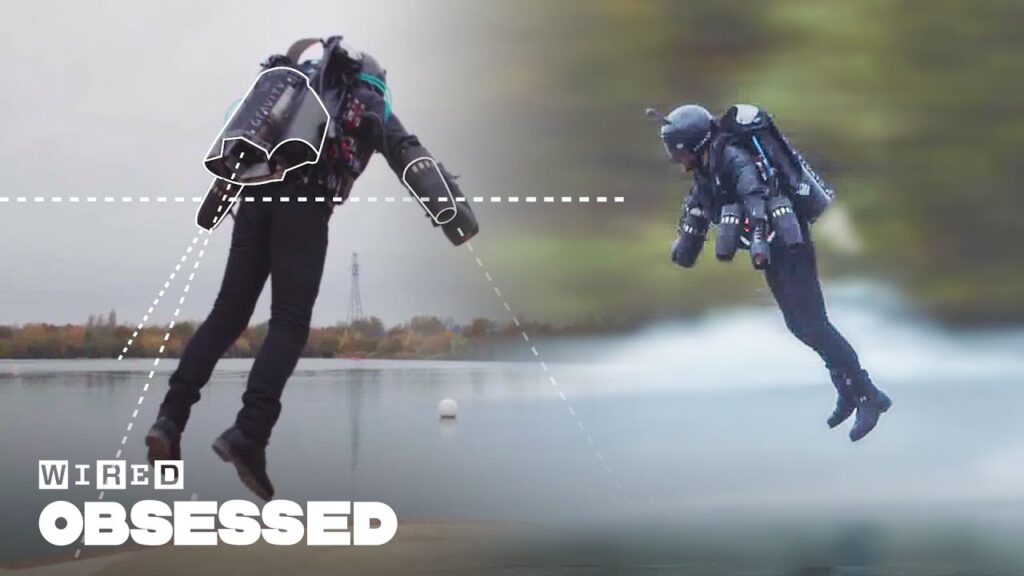The Art of Reading Faces: Insights from an FBI Spy Catcher
Summary
Joe Navarro, a former FBI spy catcher, believes that understanding nonverbal communication is crucial to understanding how people feel and what they are communicating. He emphasizes the importance of the face in nonverbal communication and explains how different facial expressions convey different emotions. Navarro also discusses how we can improve our nonverbal communication in digital environments such as video conferences. This article explores Navarro’s insights and emphasizes the value of studying nonverbal communication for both personal and professional relationships.
Table of Contents:
- Introduction
- Why is nonverbal communication important?
- Breaking down the face
- The value of video conferences in nonverbal communication
- Chiralit and its significance
- Conclusion
Introduction:
Joe Navarro has spent nearly 30 years in the FBI, working as a spy catcher and interrogator. In his career, he learned that the most important aspect of communication is not what’s being said, but what’s being expressed nonverbally through body language, particularly facial expressions. In this article, we will explore Navarro’s insights on the importance of nonverbal communication and how we can utilize facial expressions to better understand and connect with others.
Why is nonverbal communication important?
According to Navarro, nonverbal communication is a powerful tool that we can use to connect with others on a deeper level. He believes that the face is particularly important in conveying emotions and sentiment. Navarro notes that the average face can make over 10,000 unique expressions, and that the face is always conveying emotions, even when we are not consciously aware of it. Becoming more attuned to facial expressions can help us better identify emotional states and connect with others more effectively.
Breaking down the face:
Navarro breaks down the face into two main areas: comfort and discomfort. Comfort is typically conveyed through relaxed facial muscles, while discomfort is conveyed through tense or strained facial muscles. Understanding which facial muscles correspond to which emotions can help us better interpret nonverbal communication. For example, a relaxed forehead and raised eyebrows may indicate comfort or agreement, while a wrinkled forehead and downturned lips may indicate discomfort or disagreement.
Navarro also discusses the importance of chin and nose movements in interpreting nonverbal communication. A forward-leaning chin may indicate interest or curiosity, while a backward-leaning chin may indicate boredom or disinterest. Additionally, nose movements such as flaring can indicate surprise or agitation.
The value of video conferences in nonverbal communication:
In today’s digital age, video conferences have become an increasingly important mode of communication. However, digital environments can make it difficult to pick up on nonverbal cues. Navarro suggests that we should try to angle ourselves, relax, and create a comfortable environment for subconscious communication. When communicating in a digital environment, it is important to pay attention to facial expressions, tone of voice, and other nonverbal cues to gain a better understanding of the other person’s emotional state.
Chiralit and its significance:
One interesting aspect of nonverbal communication that Navarro discusses is chiralit, which refers to the concept that we often see two emotions on one side of the face. For example, a person may smile on one side of their face while frowning on the other side. Navarro emphasizes the importance of looking at the full picture when interpreting nonverbal cues, as focusing too closely on one side of the face may lead to misinterpretations of emotional states.
Conclusion:
Joe Navarro’s insights on nonverbal communication provide valuable tools for both personal and professional relationships. By understanding how facial expressions correspond to different emotional states, we can improve our ability to connect with others and strengthen our relationships. In digital environments such as video conferences, paying attention to nonverbal cues can help us better understand the other person’s emotional state and communicate more effectively. Ultimately, studying nonverbal communication can help us gain a better understanding of ourselves and positively affect those around us.







